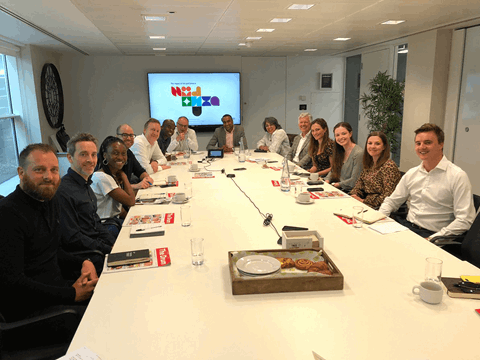Which print entries packed a punch in the Cannes Lions Festival of Creativity 2019? How are brands cashing in on your cultural conscience? Why does courage in creativity always separate the wheat from the ad-world chaff? And why does the long-game always trump flash-in-the-pan campaigns in the print effectiveness stakes? For me, some brands raised the bar this year…
Diversity in advertising: style over substance?
There was a burning issue that stood out for me at Cannes. I was struck by the number of presentations on the subject of diversity, with titles like Future is Female, Inclusion, Creative Women Change the World and Unstereotyping Content. It’s a hot topic in some of print media’s most successful advertising campaigns, and it’s one that we should be debating.
But are brands walking the talk? Are they seriously engrained with the concept of diversity? Or are they guilty of ‘diversity-washing’? Hijacking good causes solely for advertising purposes?
Lack of diversity is a problem that needs fixing. But it needs more than just a high-publicity quick fix. Some would argue that if a campaign brings the problem to the public’s attention, then surely motive doesn’t matter.
But it does. If a campaign is for profit alone, and not because a company really believes in it, then there’s a danger of the discerning consumer seeing it as being inauthentic and forced.
Then it’s farewell to trust and loyalty, and bye-bye to consumers.
How many companies really do take equality into consideration in a world where most things are designed with men in mind anyway? I came across an excellent book on this subject from writer and activist Caroline Criado Perez called Invisible Women: Exposing data bias in a world designed for men. It’s about the hidden places where inequality resides. It’s everywhere. And probably right in front of your nose right now if you’re a woman reading this on a smart phone. Did you know that the average smartphone is 5.5 inches long – too big for most women’s hands? If you’re a woman who’s feeling a bit chilly in her office, that’s because the formula for working out the ideal temperature was reached using the metabolic resting rate of a 40-year-old, 70kg man. Wearing a suit. A woman’s metabolism is slower, so you’ll more than likely be shivering in your summer gear right now.
In a world where we haven’t even ‘unstereotyped’ our products and environment, you start to realise it’ll take more than a ‘woke’ marketing campaign to drive fundamental change.
Unilever CEO Alan Jope warned at this year’s Cannes conference that ‘woke-washing’ is destroying trust in the industry. ‘It’s putting in peril the very thing which offers us the opportunity to help tackle many of the world’s issues,’ he said.‘Purpose-led brand communications is not just a matter of ‘make them cry, make them buy. It’s about action in the world.’









